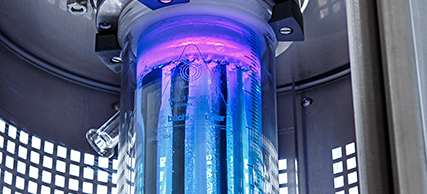Elastomers in alkaline oxidative conditions for electrochemical devices


Electrochemical converters (e.g. electrolyzers, fuel cells) play a crucial role in the hydrogen economy. The harsh (e.g. acidic or alkaline) operating conditions present in such systems pose a significant challenge for the materials used. Polymers and plastics can be found in both electrochemically active components (e.g. membranes, electrodes, bipolar plates, etc.) and structural elements (e.g. seals, housings, etc.). The fluoropolymers, applied because of their chemical, thermal and electro(chemical) resistance, are currently facing an uncertain future in light of the PFAS restriction proposal of the European Chemicals Agency (ECHA). In addition, the phase-out of fluoropolymers by manufacturers in the future is also expected to result in limited availability of classic fluoropolymers manufactured with fluorinated surfactants. Instead, fluoropolymers based on fluorine-free surfactants are being manufactured and brought to market. Alternative fluorine-free polymers, sometimes coated, are also currently being considered as potential substitute materials. Therefore, there is a need to identify alternative materials and evaluate them in terms of their resistance in an alkaline environment and oxygen atmosphere and their mechanical properties.